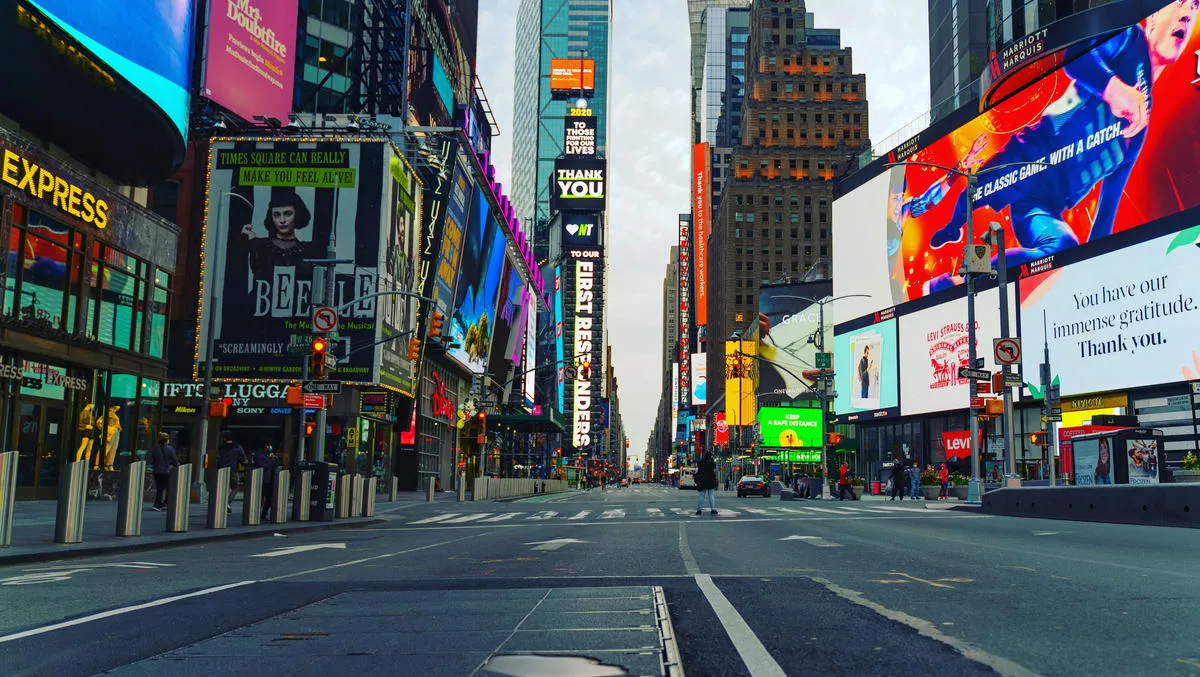
Back to the future
Digital signage has come an incredibly long way since it first came on the scene in the 1970s. Where stores once used VCRs, televisions, and pre-recorded content, today (approximately 40 years later) you'll find flat screen displays, high definition content, and Bluetooth technology.
As technology has improved, the opportunities have become endless, and with prices becoming more affordable, for a number of deployers, the opportunities are starting to become reality. So what do these opportunities look like?
Here are four trends I see influencing digital signage over the coming months.
1 - All hail King Content!
Content began its rise to the top of the digital signage agenda in 2009 and is still firmly planted there, with content strategies and discussions leading the way. It might be clichéd, but when it comes to digital signage, content is most definitely still king. No matter what shape or size the display is, content is the fundamental element which ultimately leads to the very success, or failure, of a digital signage deployment.
You can have the most technically advanced network around, but if the content isn't engaging, compelling, and relevant to customers, it's unlikely that customers will either become or remain viewers.
Overseas, we're beginning to see a number of networks focusing on researching innovative approaches to using content as the source and cause for relevant messaging that is useful, helpful, and provides a positive experience for the viewer. This is something that will no doubt become more common across New Zealand-based networks as network owners become increasingly aware of ways to maximise the value of their networks.
2 - It's all about experience, engagement, and interaction
In 2009, research found that digital brand experiences create customers, with 65% of consumers reporting that "a digital brand experience has changed their opinion of the brand", and 97% of the consumers stating that the digital experience influenced purchase decisions. It's not surprising then, that technologies enabling consumer experience, engagement and interaction will become increasingly common. While we haven't seen anything like it in New Zealand yet, the Miele Inspirience Centre is a great example of a digital signage-driven 'multisensory' consumer experience like no other.
3 - Not just for calling…
Having gone through the experimental and pilot phases over the last 12 months, both Bluetooth and text message integration are ready to firmly establish themselves as part of the digital signage suite. While text messaging is largely second nature, with Bluetooth-enabled mobile phones increasingly commonplace and consumer awareness and education increasing, we'll begin to see more and more network owners adopt these two avenues as means for increasing consumer engagement, interaction and experience.
4 - The fifth screen
In its early years, TV – the first screen – was described as "radio broadcast with pictures". It was an entirely new medium. While sharing similarities with other screens (cinema, TV, PC, and mobile), the fifth screen – digital signage – has done a great job establishing and positioning itself as a new medium; something different. While content for digital signage will continue to stand alone during its creative production, it will also have more continuity with the other four screens to reinforce its message across the wider digital landscape.
What does this mean? Digital signage is different, but that doesn't mean it shouldn't be consistent with your other digital and non-digital communications. Where will digital signage be in the next 40 years' time? It's hard to say. However, if the last 40 years' progress is anything to go by, wherever it ends up will no doubt be exciting. Watch this space!

